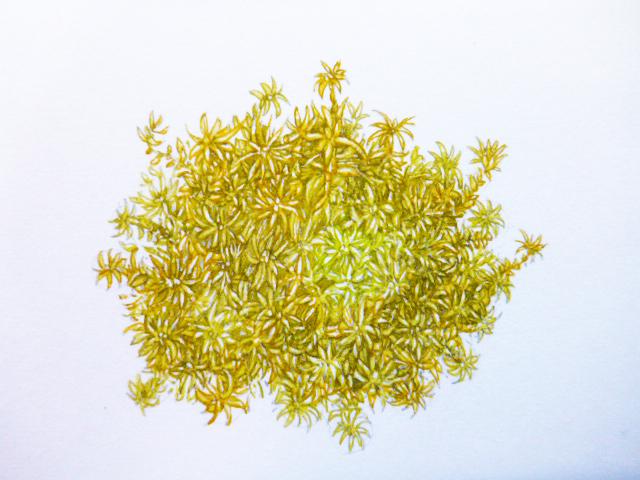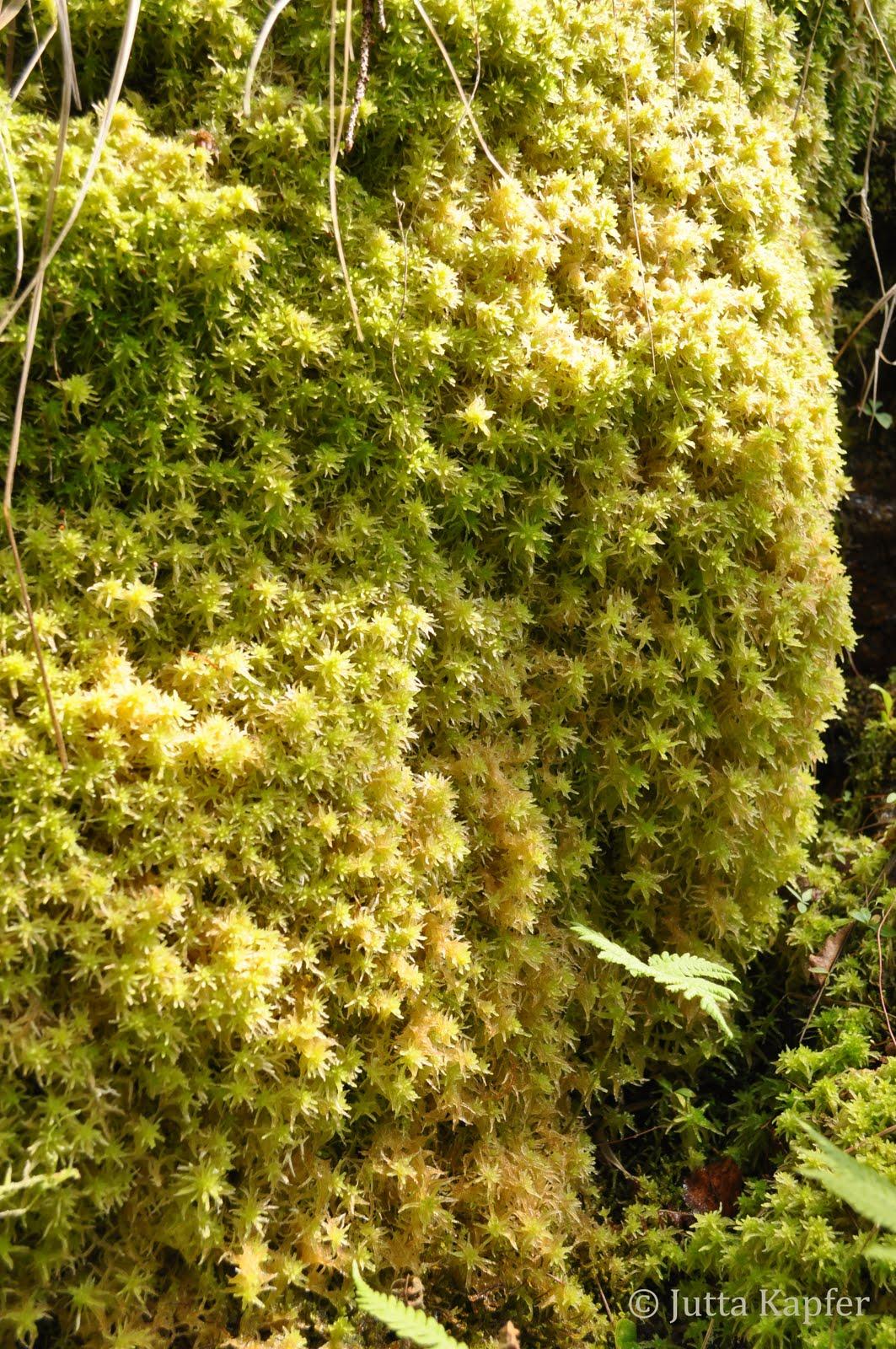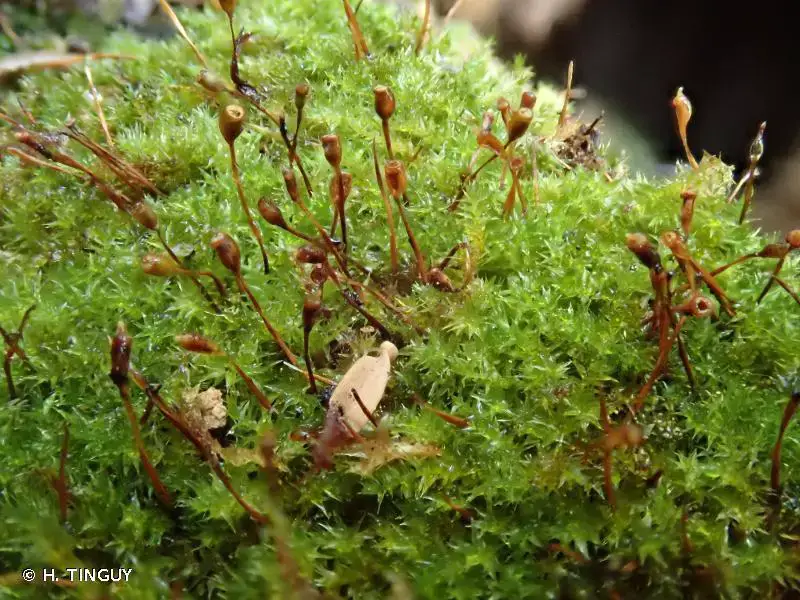
IMG_0150_Stenellum_ME20090611w_1541446325.jpg from: https://bryophyteportal.org/frullania/taxa/index.php?taxon=161005&clid=3
Introduction
Welcome, fellow moss enthusiasts! Today, we’re going to delve into the fascinating world of Sphagnum tenellum (Brid.) Pers. ex Brid., a captivating member of the Sphagnaceae family, also known as the Sphagnum moss. Prepare to be enchanted by this tiny, yet mighty plant that has played a significant role in shaping our planet’s ecosystems.

Sphagnum_tenellum_001.JPG from: https://cisfbr.org.uk/Bryo/Cornish_Bryophytes_Sphagnum_tenellum.html
Background
Before we dive into the nitty-gritty details, let’s set the stage. Sphagnum mosses belong to the Bryophyta

a-1685.png from: https://redbook-ua.org/item/sphagnum-tenellumpers-ex-brid/
division, which encompasses the diverse and ancient group of non-vascular plants known as bryophytes. These resilient organisms have been around for millions of years, predating even the dinosaurs! Within this division, Sphagnum mosses are classified under the class Sphagnopsida, a group renowned for their unique ability to retain and regulate water.

31875325847_59b787373e_b.jpg from: https://www.flickr.com/photos/155873633@N07/albums/72157702629820912
Main Content
Morphology and Identification
Sphagnum tenellum is a delicate and slender moss, with stems that can reach up to 10 centimeters in length. Its leaves are tiny, ranging from 1 to 2 millimeters long, and are arranged in a spiral pattern around the stem. These leaves are characterized by their distinctive hyaline cells, which are large, empty cells that give the moss its sponge-like ability to absorb and retain water.

Sphagnum-tenellum.jpeg from: https://vosserareplants.com/producto/sphagnum-tenellum/?lang=es
Global Distribution and Habitat
This remarkable moss can be found in various regions across the globe, from the temperate zones of North America and Europe to the sub-Arctic regions of Scandinavia and Russia. Sphagnum tenellum thrives in acidic, nutrient-poor environments, such as bogs, fens, and other wetland habitats. Its ability to create and maintain these unique ecosystems is truly remarkable.
Ecological Roles and Adaptations
Sphagnum tenellum plays a crucial role in shaping and sustaining its environment. Its sponge-like nature allows it to regulate water levels, creating the perfect conditions for other plant and animal species to thrive. Additionally, Sphagnum mosses are known for their ability to acidify their surroundings, creating the ideal conditions for the formation of peat bogs.
One of the most fascinating adaptations of Sphagnum tenellum is its ability to reproduce both sexually and asexually. This versatility ensures its survival and propagation, even in the harshest of conditions.
Case Studies/Examples

Sphagnum-tenellum-botanical-moss-illustration-by-Lizzie-Harper4.jpg from: https://lizzieharper.co.uk/2016/12/botanical-illustration-step-by-step-sphagnum-moss/
In the vast peatlands of northern Minnesota, Sphagnum tenellum has been a key player in the formation and maintenance of these unique ecosystems. Researchers have studied the intricate relationships between this moss and the diverse array of plant and animal life that call these peatlands home.
Technical Table

Sph_tenellum1.jpg from: https://ju-bryophytes.blogspot.com/2009/09/sphagnum-tenellum.html

29358067045_d50098768e_b.jpg from: https://www.flickr.com/photos/95549735@N08/29358067045/

medium.jpg from: https://enciclovida.mx/especies/147380

408619.jpg from: https://inpn.mnhn.fr/espece/cd_nom/5139
| Characteristic | Description |
|---|---|
| Phylum | Bryophyta |
| Class | Sphagnopsida |
| Order | Sphagnales |
| Family | Sphagnaceae |
| Genus | Sphagnum |
| Species | tenellum |
| Common Name | Sphagnum moss |
Conclusion
As we bid farewell to the captivating world of Sphagnum tenellum, we are left with a newfound appreciation for the intricate tapestry of life that exists beneath our feet. This unassuming moss has played a vital role in shaping our planet’s ecosystems, reminding us of the interconnectedness of all living beings. Ponder this: if such a tiny organism can have such a profound impact, what other wonders await our discovery in the vast and intricate web of nature?